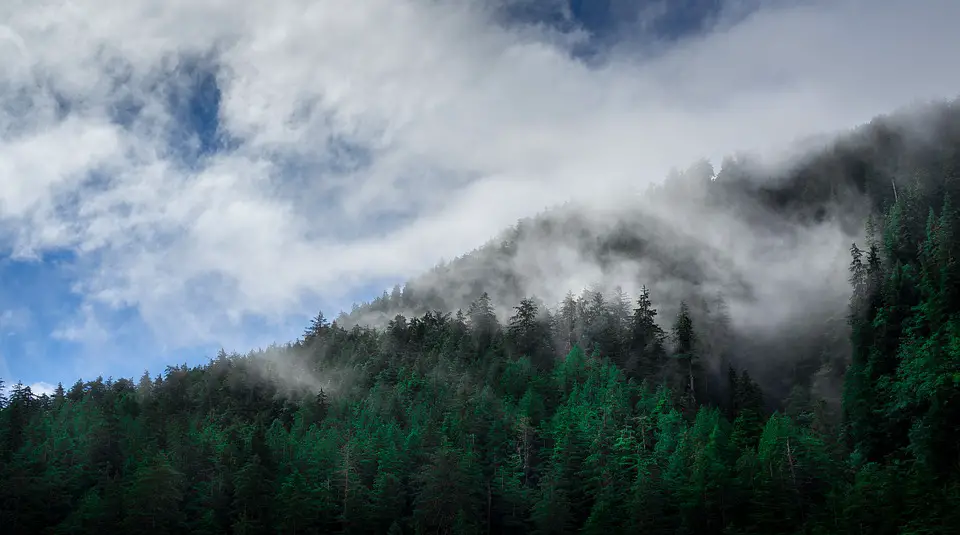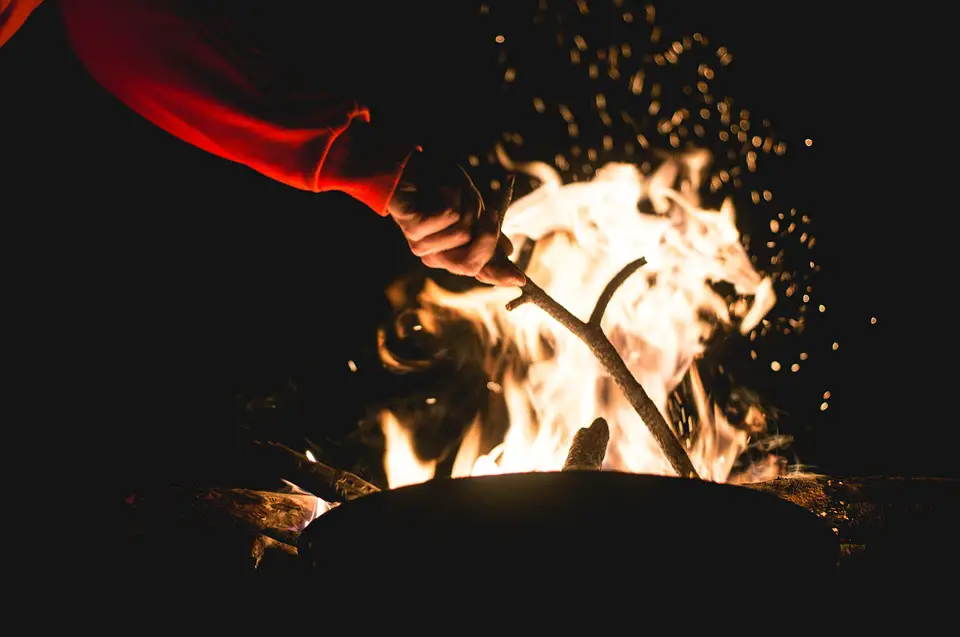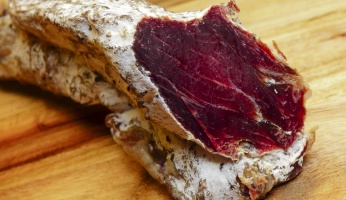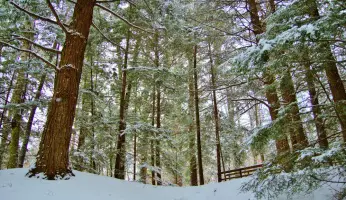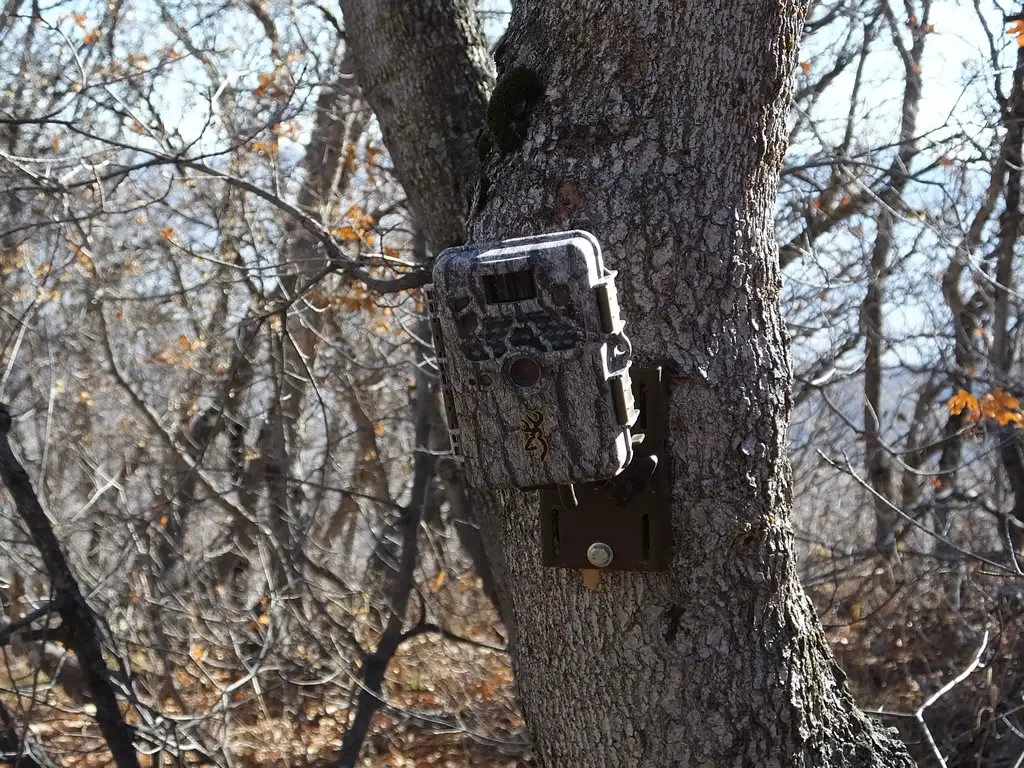3 Ways Pine Trees Can Help Save Your Life
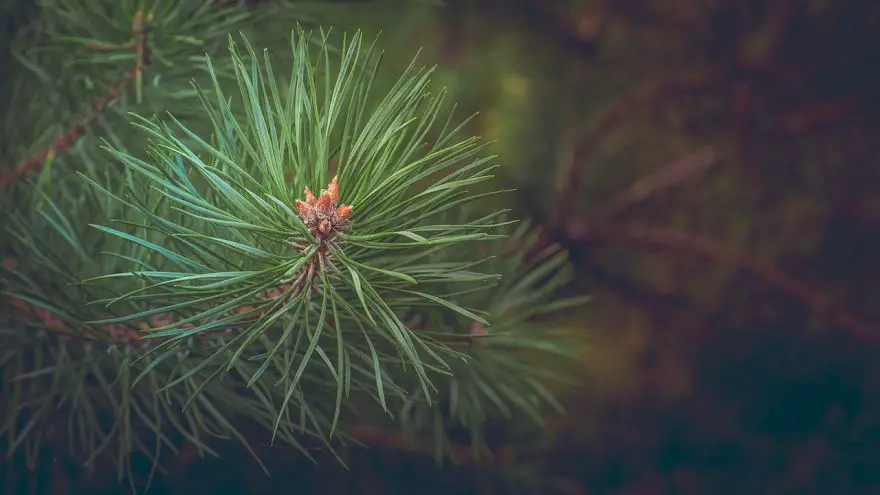 3 Ways Pine Trees Can Help Save Your Life
thegearhunt.com
3 Ways Pine Trees Can Help Save Your Life
thegearhunt.com
Part of being a true survivalist means that you must be able to take natural resources at your disposal and then improvise with those resources to help aid you in your survival efforts. This way, should you ever find yourself stranded in the wilderness, you won’t be entirely dependent on survival gear since you can use the natural resources at your disposal instead.
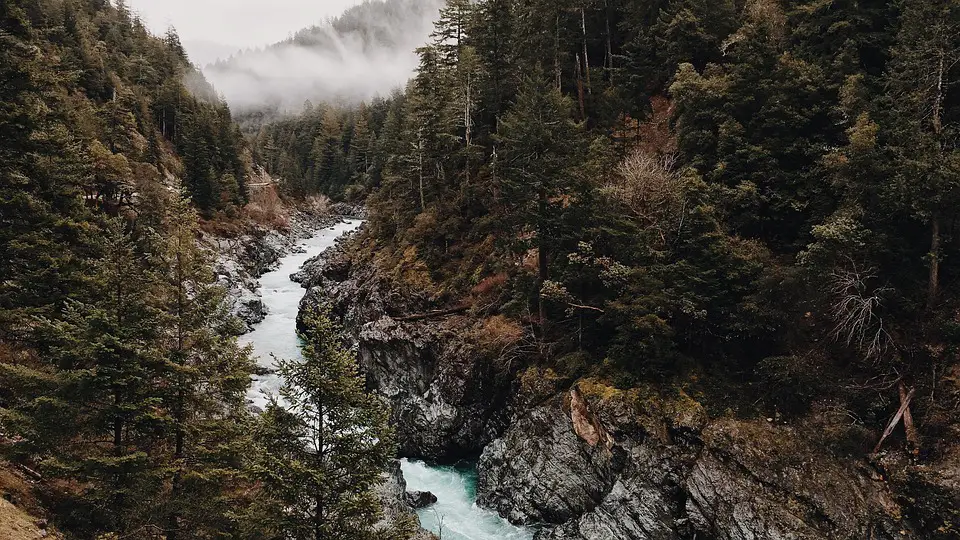
An example of an abundant natural resource that you can use to help you in a survival situation, and in more ways than one, is the pine tree. Pine forests are located all over the world, including the Americas, Asia, Europe, and Australia. The trees are easily distinguishable from other kinds of trees thanks to their reddish brown, rectangular shaped bark and masses of leaves that grow into needles.
While pine trees are certainly very beautiful, more importantly they can come to your aid in a survival situation. Here are the three most critical ways that an ordinary pine tree can help save your life:
1. Wood
One of the biggest priorities in any survival situation is to make fire. Fire is literally the only thing that can provide you with warmth from the cold, light in the darkness, defense against predators, and the ability to cook food or boil water all at once.
The great news about pine wood is that it is one of the best burning types of wood in the world, and that furthermore you can use it in a variety of ways. For example, you can use the logs of a pine tree to keep your fire going strong, while you can also use the bark or branches as kindling.
Whenever you’re stranded in the wilderness and find yourself trekking through a pine forest, you will want to gather as much of the wood in that forest before you leave. Keep in mind that you may not be spending all of your time there, which is why it’s important to gather the wood now. That way, you’ll be able to use it as firewood and kindling at a later period. This could save your life should you later come to a new part of the forest with wood that is wet or otherwise doesn’t burn well.
2. Resin
The resin is easily the most versatile part of the pine tree, at least when it comes to survival. But perhaps the best aspect of pine resin is its intrinsic waterproof qualities, which you can then apply to your shelter or your clothing.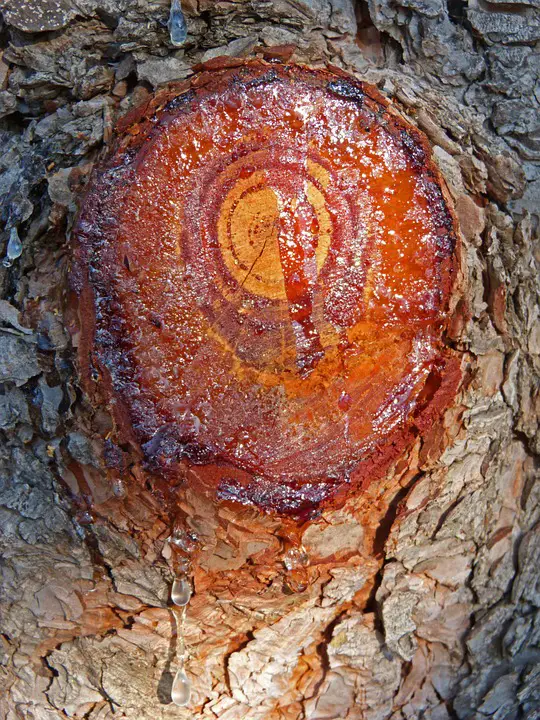
In addition, when this resin is heated, it will emit an odor that insects and mosquitoes dislike. Burn some resin in the center of your camp and you will be able to protect yourself from mosquitoes.
Finally, as with the sap from any tree, pine resin is very sticky and effectively serves as nature’s version of glue. This could be a lifesaver should you need to seal shut any holes in your shoes, tarp, clothing, backpack, or tent.
Something else that is worth of note is how resin is available in literally any pine tree. Just because it isn’t visible seeping out of the tree doesn’t mean that there is any inside. Use an axe or a knife to cut into the tree and sooner or later the resin will pour out on its own. Collect the resin in a dish or cup and you can then use it with the above techniques.
3. Needles
The best survival use for pine needles, and the one that is the most likely to save your life, is that you can use them as insulation to protect yourself when building a shelter. Many people forget to create bedding on the ground when building a shelter, but the reality is that an insulated bed not only puts space between you and the coldness and dampness of the ground, it also increases your chances of avoiding snakes, insects, or spiders crawling around on the ground as well.
One trick is to take a garbage bag and stuff it up with as many pine needles as it can hold, and then use that as your bedding inside your shelter. Of course, if you lack a garbage bag or anything similar, you can just as easily create a pile of pine needles instead and sleep on that.
An added benefit to pine needles is that they are packed in Vitamin C and can be ingested in the form of a tea. Boil some water and then place pine needles into the water once it has started to boil. Wait for at least five minutes and take the needles out of the water. Allow the water to cool and start to drink. The water will be flavored like a tea as a result of the needles, and more critically, you now have a source of Vitamin C.
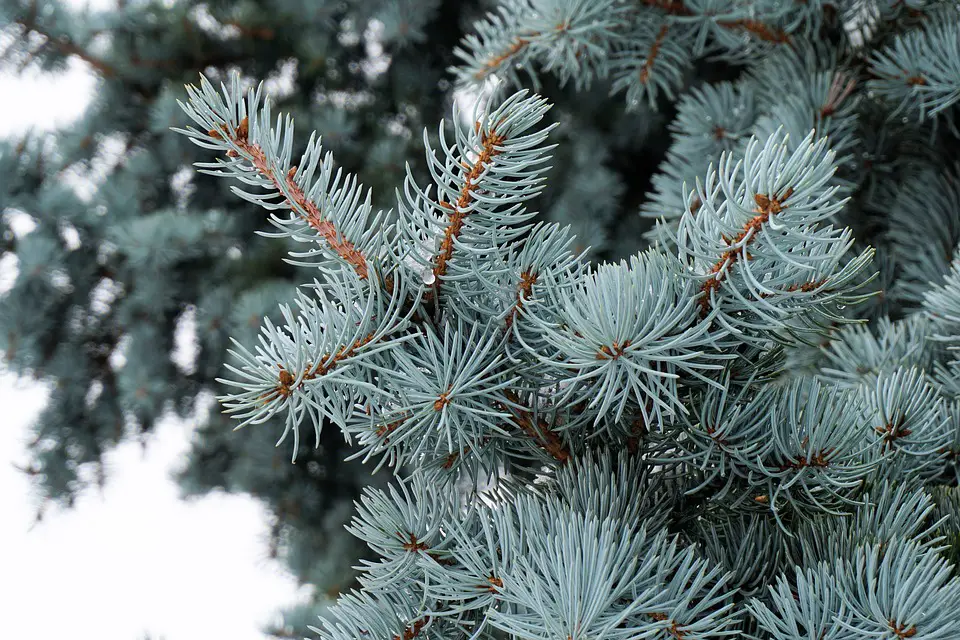
Conclusion
Hopefully you can tell by this article that pine trees can truly be a life saver in a survival situation. The best thing about pine forests is that they are very commonplace throughout the United States (in addition to being found across the world), so the information here should apply to you regardless of where you are.
As a final tip, you would be wise to collect the wood, resin, or needles of pine trees while you travel in the woods. You can store the resin in a container or cup, the pine needles in your bug out bag or a garbage bag, and the wood you can manually haul yourself out. Then, once you leave the pine forest and venture into a new part of the wilderness, you will still have the resources from the pine trees you found with you to aid you in the rest of your survival endeavor.
